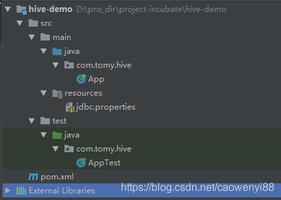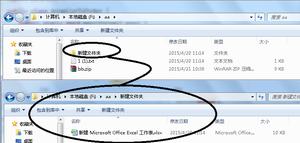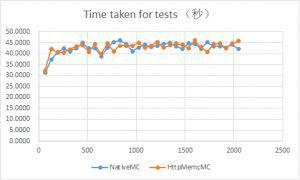ASP.NET对txt文件相关操作(读取、写入、保存)
ASP.NET读取txt文件(记事本)内容:
using System;
using System.Collections;
using System.Configuration;
using System.Data;
using System.Web;
using System.Web.Security;
using System.Web.UI;
using System.Web.UI.HtmlControls;
using System.Web.UI.WebControls;
using System.Web.UI.WebControls.WebParts;
using System.IO;
//获取txt文件流
namespace test
{
public partial class Text : System.Web.UI.Page
{
protected void Page_Load(object sender, EventArgs e)
{
Response.Write(GetInterIDList("asp.txt"));
}
//读取txt文件的内容
public string GetInterIDList(string strfile)
{
string strout;
strout = "";
if (!File.Exists(System.Web.HttpContext.Current.Server.MapPath(strfile)))
{
}
else
{
StreamReader sr = new StreamReader(System.Web.HttpContext.Current.Server.MapPath(strfile), System.Text.Encoding.Default);
String input = sr.ReadToEnd();
sr.Close();
strout = input;
}
return strout;
}
}
}
读取txt文件内容就是获取文件流,记得要引用using System.IO;。
ASP.NET写入txt文件(记事本):
string txtPath = Server.MapPath("~\\Public\\AttInfo\\") + "Test.txt";
StreamWriter sw = new StreamWriter(txtPath, false, System.Text.Encoding.Default);
sw.WriteLine("Hello World");
sw.WriteLine(""); //输出空行
sw.WriteLine("ASP.NET网络编程 - !");
sw.Close();
注意:如果写入记事本不需换行,可以使用 Write,需要换行的,可以使用 WriteLine。
ASP.NET保存txt文件(记事本):
public void ProcessRequest(HttpContext context)
{
context.Response.Clear();
context.Response.Buffer = true;
//Server.UrlEncode 防止保存的文件名乱码
context.Response.AddHeader("Content-Disposition", "attachment;filename=" + context.Server.UrlEncode("消费明细" + string.Format("{0:yyyyMMddHHmmss}", System.DateTime.Now) + ".txt"));
context.Response.ContentType = "text/plain";
string message = "Hello World";
//如果导出的文件要换行,用Environment.NewLine
message += "Hello World" + Environment.NewLine;
context.Response.Write(message);
//停止页面的执行
context.Response.End();
}
注意3点:
1.保存文件名乱码问题:用Server.UrlEncode编码
2.txt文件中的换行问题:Environment.NewLine
3.调用可以用js:window.location.href="download.ashx" 或window.open("download.ashx")
以上是 ASP.NET对txt文件相关操作(读取、写入、保存) 的全部内容, 来源链接: utcz.com/z/315048.html






